Artist and author
Interested in what he calls the “infra-ordinary,” Canadian artist Jean-Michel Leclerc combines documentary research, drawing, printmaking, and sculpture to highlight the presence and materiality of memory and the passage of time. In a practice tinged with the different functions that an object might hold in different eras, Jean-Michel makes the little things that inhabit daily life the premise for narratives open to interpretation. Hewing to original techniques and materials, he creates artefacts of the ordinary from whole cloth, thus infusing the object with a material reification of new layers of memory. Borrowing the historian’s and archivist’s meticulous research methodology and the counterfeiter’s capacity to falsify the real, Jean-Michel puts historical veracity and fabrication of archives into dialogue to point out the troubling strangeness that might emerge from them.
For his residency at Est-Nord-Est, Jean-Michel in fact leaned into the tension between authenticity and simulacrum, as memory often takes shape in the interstice between them. In these gaps and transfers also reside the narrative potential of objects or images, which really become the platform on which memories and remains of culture are placed. In shifting the everyday into a narrative form by replicating or reproducing its artefacts, Jean-Michel was seeking not to discern an immanent collective memory or raise a bygone and idyllic past, but to short circuit the pretense of probity often linked to the duty of memory. Intrinsically plural, subjective, and arbitrary, history is never transparent and unequivocal, as it most often results from the successive sedimentation of multiple stories. Nor was Jean-Michel concerned with historical fictions, fantasized chronicles of past epochs; rather, he sought to provide sensitive and reasonable gateways between the various experiences of time and their inevitably displaced contemporary reappropriation.
Contractions of narratives, temporalities, and techniques, the residual images left by Jean-Michel’s almost monastic work became, in a way, archives of themselves, to the point that they became the privileged witness to his “memory factory.”
Discover
Newsletter
Keep up to date with the latest news!




